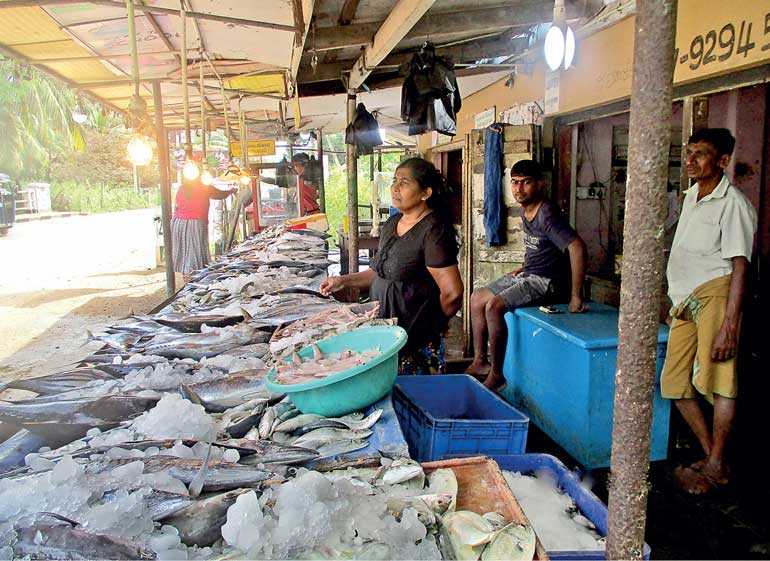Saturday Apr 19, 2025
Saturday Apr 19, 2025
Wednesday, 5 February 2020 00:24 - - {{hitsCtrl.values.hits}}

Microfinance is a solution mainly for financial needs of the lower income categories. However, Microfinance institutions (MFIs) are going beyond providing financial services and extends to providing solutions to many social problems that those in the low income category encounter.
It is based on community development that works towards eradicating poverty through financial assistance, business solutions, group based development programs as well as helping in the education of the younger generation and many more.
The standard practice of obtaining loans from banks and other finance institutes require security documents that include proof of assets and income that are inherently lacking in the said socioeconomic category. Thus microfinance is a system that not only provides loans and other financial services but also encourages and helps low income people to develop self-employment ventures.
As a result, microfinance in Sri Lanka has developed many SMEs and especially, female and young entrepreneurs to commence and build businesses. According to data made available from 39 member organisations of the Lanka Microfinance Practitioners’ Association, the number of borrowers are recorded to be 2,558,365 with a loan portfolio of Rs. 84.095 billion as at 31 December 2018.
The Grameen concept – the most popular methodology of microfinance on which microfinance is based, was born in 1979 in Bangladesh, pioneered by Prof. Mohomad Yunus, focusing on uplifting the lower income groups. The concept was awarded the Nobel Peace Prize in 2006. The history of microfinance in Sri Lanka goes back to the 1940’s when cooperative movements commenced savings and credit with low income people.
There were a number of NGO lead MFIs that commenced in the late 1980s and early 1990s. This movement was supported by the Government through the Janasaviya program and later the Janasaviya Trust Fund (JTF), the Central Bank and many other government entities, in addition to international donors.
Microfinance enhanced financial inclusion in the society. The access to loans provide numerous opportunities like starting a new business, improving housing conditions or purchasing essential and useful assets for the family.
The lower interest rates provided as opposed to local money lenders has taken off a significant burden from the beneficiaries. It also goes beyond the traditional concept of development aid as a mere ‘handout’ that is usually practiced by governments. Instead it offers a long-term, sustainable financial and economic solutions.
However, the success of this program attracted the mere profit motivated segments of the society that entered the microfinance industry in the last decade. Even though this brought much muscle to the industry, it eventually led to the public seeing the industry with negative outcomes and perspectives. As a result, issues such as multiple borrowing, over indebtedness, high interest rates, significant focus on credit and less focus on savings by regulated institutions have become the practice.
Therefore, the perception of the public and representation of microfinance through media have become increasingly negative, undermining the significant positive contribution made over decades by socially responsible MFIs that continue to date. Regulation and governing bodies are mandatory in order to steer away from malpractices and harmful outcomes and safeguard the good spirit of microfinance.
Playing a leading role in regulatory and policy decisions that would benefit the public, the Lanka Microfinance Practitioners’ Association was incorporated in 2006 as a non-profit organisation under the Companies Act, with the vision of creating a dynamic and sustainable microfinance sector.
Governed by 14 Board Directors representing both regional and national level MFIs, the membership consists of 66 organisations that include Cooperatives, Guarantee companies, NGO-MFIs, Development Banks, Public and Private Companies, Finance Companies, Technical Service Providers and Wholesale Lenders. The key activities of the association are based on factors such as advocacy and lobbying for the microfinance sector, creating a conducive environment for microfinance, capacity building of member organisations, developing and maintaining links with foreign organisations and dissemination of accurate information.